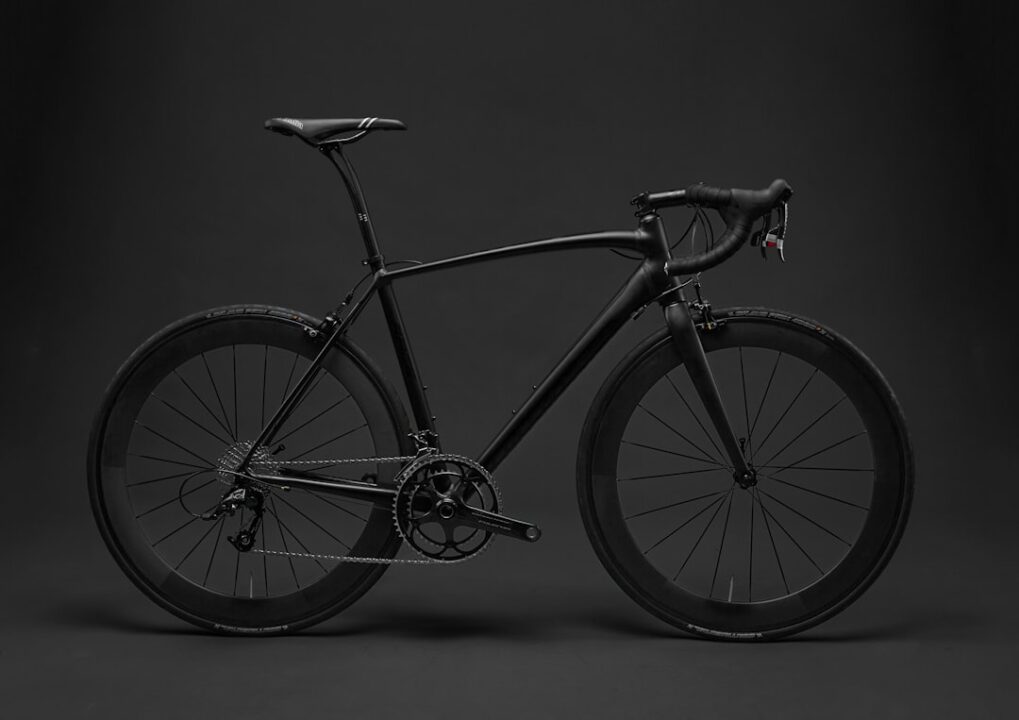|
IN BRIEF
|
Drawing a bicycle is an exciting adventure that combines creativity and technique. Whether you’re a budding designer or a cycling enthusiast, designing a custom bike offers the opportunity to explore the seamless curves, complex mechanisms and aesthetics that characterize this iconic machine. By drawing inspiration from the different types of bikes available, it is possible to create a unique model that reflects your personality and meets your specific needs. Let’s review the key steps to bring this project to life while taking into account technical aspects and current cycling design trends.
Drawing a bicycle: a creative journey
Creating an original bicycle design is an enriching experience that combines creativity and technique. This article will guide you through the different steps to design a bike that suits you. We will cover important aspects of design, mechanics, and the art of drawing. Whether you’re new to it or experienced, you’ll discover how to turn your ideas into reality.
The fundamentals of bicycle design
To get started, it is essential to master the basic principles of bicycle design. Each part must be studied to meet safety and performance standards. Frame geometry, choice of materials, and ergonomics play a crucial role in the final result.
Frame geometry
The frame constitutes the backbone of your bike. Its geometry influences not only the aesthetics, but also the behavior on the road. There are several types of geometries, each adapted to a driving style. For example, a shorter frame may provide better handling around town, while a longer frame promotes stability at high speeds.
The materials used
The choice of materials is decisive for the durability and weight of your bike. THE common materials include aluminum, carbon, and steel. Each of them has its advantages and disadvantages. For example, aluminum is lightweight and corrosion resistant, while steel is known for its strength and comfort.
The essential mechanical elements
Once the general design has been established, it is crucial to focus on the mechanical components. The proper functioning of the bicycle relies on a harmonious combination of these elements.Choosing the right parts will be decisive for your driving experience.
Wheels and tires
The wheels are the point of contact with the road and play a multifunctional role. Their size, width, and type of tires chosen can completely transform your driving experience. For on-road use, opt for thinner tires, while for off-road, wider tires with good grip will be preferred.
The braking system
Another crucial element is the braking system. Disc brakes provide greater stopping power, while pad brakes are lighter and often less expensive. It is essential to choose a system adapted to your riding style and the conditions in which you will be pedaling.
| Steps | Details |
| 1. Basic sketch | Sketch a simple frame. |
| 2. Wheels | Add two circles for the wheels. |
| 3. Handlebar | Draw the handlebars at the top of the frame. |
| 4. Saddle | Position the saddle above the frame. |
| 5. Pedals | Add the pedals near the bottom of the frame. |
| 6. Details | Add details like brakes and spokes. |
| 7. Shadows | Add shadows for a 3D effect. |
| 8. Colors | Choose colors to finalize the drawing. |
- Materials: Aluminum, steel, carbon.
- Frame : Triangle-shaped frame for strength.
- Wheels: Radius for stability.
- Tires: Choose the width according to the terrain.
- Handlebar: Positioned for comfort.
- Saddle: Ergonomic for the long haul.
- Pedals: Platforms or clips depending on style.
- Brakes: V-brakes or disc brakes for safety.
- Transmission: Gear system adapted to the terrain.
- Accessories : Lights, bell, and bottle holder.
The art of drawing a bicycle
Drawing skills become essential when you want to materialize your ideas. A good design usually starts with a sketch, which will serve as the basis for developing your concept.
Drawing tools
To draw, you can use digital or traditional tools. Apps like AutoCAD Or SketchUp are ideal for computer-aided design (CAD), while manual drawing tools like pencils and markers allow a more artistic approach.
Inspiring ideas
Inspiration can come from many sources. Recent projects like those where cyclists draw shapes on maps via their GPS, such as a heart or olympic rings, show how it is possible to merge cycling with art. It is fascinating to see how these ephemeral designs are recorded in a digital space.
Carry out your own project
For those who want to go further, it is possible to create a unique project. One of the most engaging ways is to involve the local community in your creation. Creating an event where cyclists come together to make a collective drawing on a map can breathe new life into your design.
The stages of realization
Let’s start by making a plan. For example, establishing a route that will allow you to draw a giant bicycle or even cover a significant distance. Similar initiatives have taken place, where cyclists have traveled thousands of kilometers to create illustrations on maps, as one group did resulting in a giant bicycle drawing to promote ecology and soft mobility.
Involve the community
Call on bicycle craftsmen, local designers, and even children to work on the project. A participatory project creates a strong bond within your community, while making your bike a collective work.
Current trends in bicycle design
Designers are now turning to more solutions sustainable and innovative. Electric bicycles are growing in popularity, and recycling of materials is becoming a standard in the field. The design of bicycles adapted to urban transport is essential.
Electric bikes
Electric bikes are revolutionizing the way we get around. They allow everyone to cover longer distances without intensive physical effort. The integration of smart batteries and sensors poses interesting challenges for traditional bicycle design.
Recycling and upcycling
Creating bicycles from recycled or reused materials is an ecological and viable initiative. Projects show how used bicycle parts can be redesigned to create unique designs, playing with colors and textures. This not only contributes to sustainability, but also to creativity.
Common mistakes to avoid
When designing a bicycle, some mistakes can easily be avoided. Planning is crucial, as is understanding the user’s needs. Thinking about aesthetics without considering ergonomics could lead to a beautiful but impractical design.
Neglect of user needs
A design that does not take end users into account will not be effective. Make sure every aspect, from dimensions to materials, meets expectations and comfort requirements.
Skip prototype testing
Before finalizing a design, rigorous testing is necessary. Creating multiple prototypes helps identify defects and improve the design. Skipping this step could result in additional costs in the long term.
Looking towards the future of bicycle design
The future of bike design is exciting. Technological advances, ecological awareness and the evolving needs of cyclists require designers to constantly reinvent themselves. Research into innovative materials and new propulsion technologies has high potential to redefine what we know about cycling.
Technological innovations
With the emergence of technologies such as augmented reality and 3D printing, the possibilities are limitless. These tools allow concepts to be tested quickly, giving designers a unique way to explore their ideas.
Ecological movements
The development of solutions for sustainable cycling goes hand in hand with growing awareness of environmental issues. Designers should strive to create products that are not only efficient, but also environmentally friendly.
Drawing a bicycle is more than just a task; it is a creative journey that mixes technique, art and community engagement. Whether through collaborative projects or personal innovations, each design tells a unique story. By drawing inspiration from current trends and integrating sustainable practices, every enthusiast can contribute to the future of cycling.
A: You will need paper, pencils or markers, and a ruler for straight lines.
A: It is recommended to start by drawing the frame, forming a large triangle for the main part of the bike.
A: Draw two circles of equal size on each side of the frame. Make sure they are centered.
A: You can add brakes, pedals, handlebars and spokes on the wheels for more details.
A: Yes, adding shadows can add volume and a sense of realism to your drawing.
A: Don’t hesitate to erase the parts you want to modify and rework your drawing until you are satisfied.


